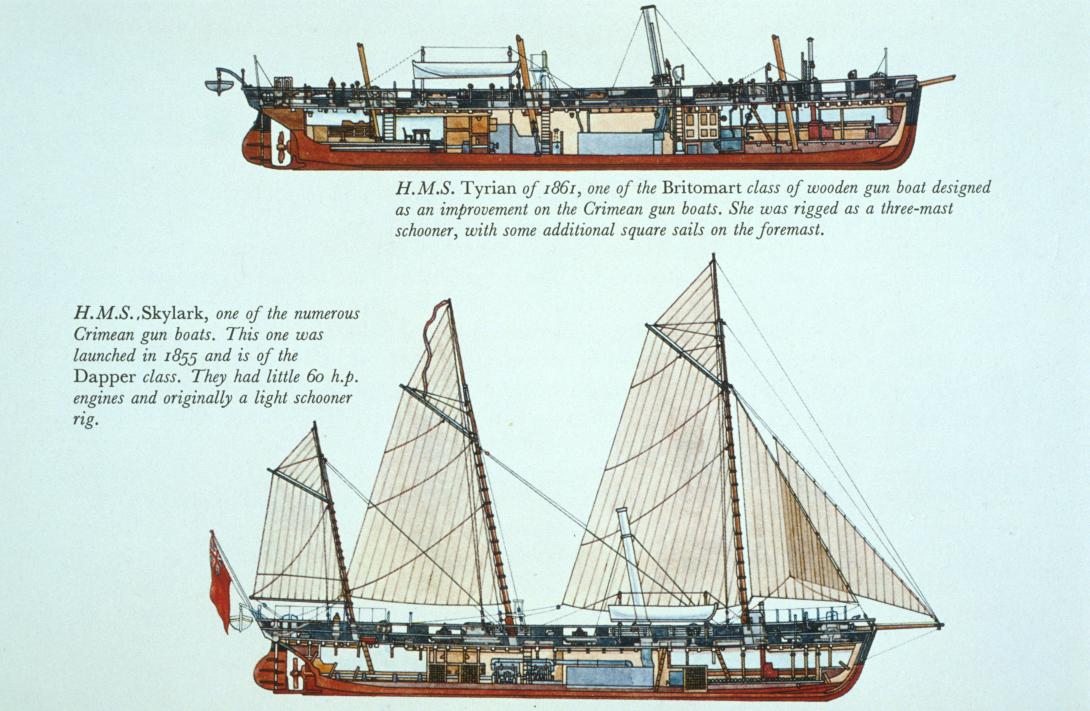
Crimean Gunboat Engine
One of these things doesn't belong
When WA Museum divers first inspected the SS Xantho wreck site in 1983, they were surprised to find a trunk engine. Typically, these were associated with British naval vessels – so what was one doing in a coastal steamship that sank off Port Gregory?
During the Crimean War, the British Royal Navy (RN) ordered 150 small, mobile gunboats to deal with fortified Russian bases. Many of these gunboats were fitted with twin-cylinder, highpressure, horizontal trunk engines.
Engineering firms John Penn & Son of Greenwich and Maudslay, Son and Field of Lambeth won the contracts to supply the engines for the RN gunboats. Over a period of two years, they massproduced 150 sets of engines. This was only achievable by subcontracting out the production of parts to smaller engineering firms and using Whitworth threads – the first world’s first national standardised screw thread.
To fulfil the RN order, other construction shortcuts were taken. Unseasoned timbers were used for some hulls and supervision was reduced to limit delays. As a result, many poorly constructed gunboats were retired after only a few years of service.
After the war, there were many salvaged and surplus trunk engines available to be repurposed in other vessels. It was one of these engines that scrap merchant, Robert Stewart, fitted in Xantho, bringing this rare naval engine far from its original context to the shores of Western Australia.

HMS Skylark, illustrated by Ray Woodward. From The Wooden Fighting Ship in the Royal Navy AD 1860 by E H H Archibald.

Xantho engine
WA Museum